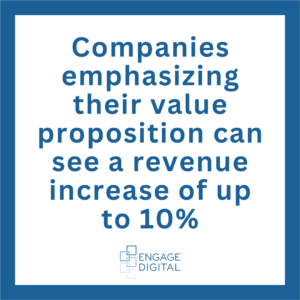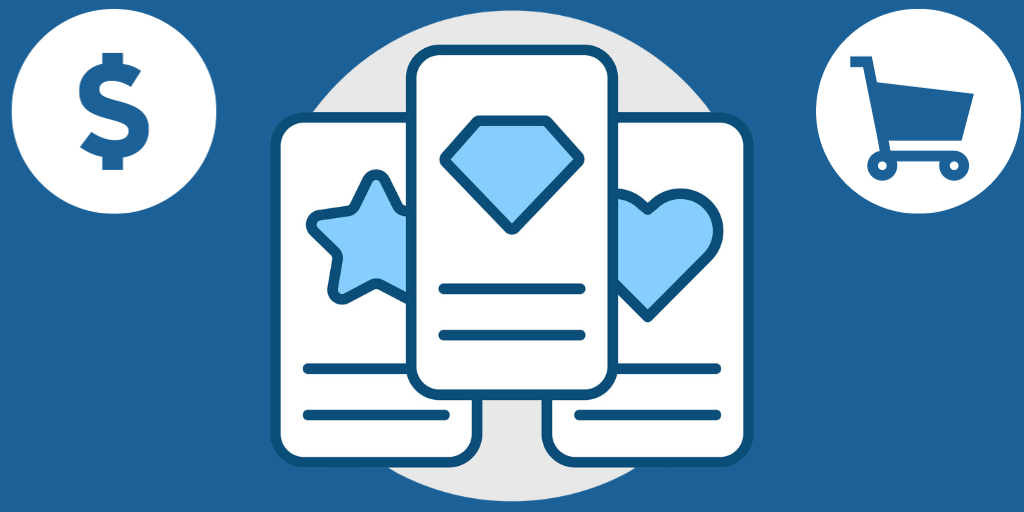In the rapidly evolving digital marketplace, your website serves as a critical touchpoint for customer engagement. With the advent of AI and machine learning algorithms, consumer behaviors are changing at an unprecedented pace, making it imperative for businesses to adapt quickly.
Specifically, the way you structure your price menu can significantly influence consumer behavior and sales conversion rates. According to Forbes, pricing strategy affects conversion rates by as much as 39%. So, as e-commerce continues to dominate the retail landscape, how can you ensure that your pricing menu is structured for optimum performance? Let’s delve into some best practices.
Understand Your Customer’s Pain Points
 Your pricing strategy should align with your customer’s needs and pain points. According to Harvard Business Review, tailored pricing strategies can increase sales by up to 15%. This means offering tiered packages that clearly outline different service levels, add-ons, and benefits in online services. Your primary objective should be to map out what each customer segment values most, and then reflect that understanding in your pricing tiers.
Your pricing strategy should align with your customer’s needs and pain points. According to Harvard Business Review, tailored pricing strategies can increase sales by up to 15%. This means offering tiered packages that clearly outline different service levels, add-ons, and benefits in online services. Your primary objective should be to map out what each customer segment values most, and then reflect that understanding in your pricing tiers.
Effective market research and customer feedback loops are the key to grasping customer pain points. Utilize surveys, customer interviews, and analytics to understand not just what your customers are looking for but also their reservations and stumbling blocks when it comes to making a purchase. This deep level of understanding allows you to craft pricing packages that resonate on a more personalized level, increasing the likelihood of conversions.
Highlight the Value Proposition
 An essential aspect of any effective pricing menu is clearly articulating the value proposition of your services. A study from Forrester Research suggests that companies emphasizing their value proposition can see a revenue increase of up to 10%. Your potential customers should quickly grasp what sets your services apart from competitors and why they should opt for your offerings.
An essential aspect of any effective pricing menu is clearly articulating the value proposition of your services. A study from Forrester Research suggests that companies emphasizing their value proposition can see a revenue increase of up to 10%. Your potential customers should quickly grasp what sets your services apart from competitors and why they should opt for your offerings.
Moreover, don’t just focus on the features; emphasize the benefits. While features are the factual statements about what your service includes, benefits explain how those features solve a problem or improve a situation for the customer. Highlighting these benefits adjacent to the price point can significantly impact conversion rates, steering the focus toward value rather than cost.
Optimize for User Experience
User experience (UX) is pivotal in how consumers interact with your online price menu. According to a study by PwC, 73% of all people point to customer experience as an essential factor in their purchasing decisions. A poorly designed or confusing menu can deter customers, regardless of how attractive your pricing might be.
To enhance UX, consider using intuitive design elements that guide the user seamlessly through the buying process. Simplify choices where possible and use clear, legible fonts and contrasting colors to make options stand out. By optimizing for a better user experience, you not only make the customer’s decision-making process more accessible but also increase the likelihood of conversions.
Use Psychological Pricing Tactics
Psychological pricing is more than a marketing gimmick; it’s a science-backed strategy to encourage sales. A classic example is setting a price at $19.99 instead of $20.00. According to research by the Journal of Consumer Psychology, customers are more likely to make a purchase when prices end in ‘.99’ rather than rounded numbers.
Incorporating these tactics into your price menu can subtly influence customer behavior, making them more inclined to choose a higher-priced option or add-on. Consider employing techniques like charm pricing, bundle offers, or tiered pricing structures. By effectively utilizing these psychological pricing strategies, you’re not just selling a service; you’re offering a solution that feels valuable and attainable to the customer.
Transparency is Crucial
Consumers are more informed and discerning than ever. They value transparency, especially when it comes to pricing. Hidden fees or complicated pricing structures can deter potential customers, leading to a loss in sales and a hit to your brand reputation.
Being upfront about all costs, including any additional fees or subscription requirements, can build trust and improve customer retention. A study by Label Insight found that 94% of consumers are likely to be loyal to a brand that offers complete transparency. By being transparent in your pricing, you’re not just closing a sale but potentially gaining a long-term customer.
Test and Iterate
No pricing strategy is set in stone, and what works today may not work tomorrow. Therefore, continuously testing different pricing formats, packages, and offers is essential. Use A/B testing to see what resonates most with your target audience.
Analytics tools can offer invaluable insights into consumer behavior and preferences. According to a report by Forrester, insights-driven businesses are growing at an average of more than 30% annually. Use this data to tweak your price menus accordingly, ensuring you’re always aligned with market trends and customer expectations.
The structure of your pricing menu plays an essential role in your online business’s success. By tailoring your strategy to customer needs, focusing on value, optimizing user experience, employing psychological pricing, maintaining transparency, and adapting based on data, you position your business for success in a competitive digital market.






